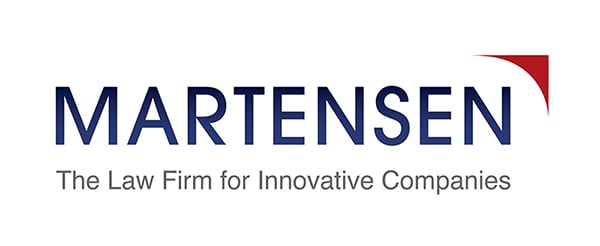Navigating VC Funding and SBIR and STTR Strategies for Success
In the fast-paced world of startups and innovation, securing the right funding can be a make-or-break factor for success. For many tech entrepreneurs and researchers, two prominent paths stand out: private sector venture capital (VC) or Angel funding, or government sector small business innovation research (SBIR) and small business technology transfer (STTR) opportunities. While these avenues might seem distinct, they can actually complement each other to provide a well-rounded financial strategy. We’ll explore how to effectively combine both private and SBIR/STTR funding to maximize your startup's potential for success.
Understanding the Landscape
Before diving into the strategies, it's important to understand the key characteristics of both private funding and SBIR/STTR grants/contracts.
Angel and Venture Capital Funding
Private funding involves raising capital from investors who provide financial backing to startups with high growth potential. In exchange, investors typically gain equity or ownership stake in the company. VCs, for example, often seek substantial returns on their investment on a short (3-5 year) time scale, and are willing to take on higher risks in exchange for such potentially high rewards.
SBIR/STTR Grants and Contracts
 SBIR and STTR are highly competitive federal programs aimed at promoting technological innovation and research among small businesses. These programs provide non-dilutive funding (meaning you don't give up equity) to support the commercialization of technologies. SBIR grants are open to small businesses, while STTR grants require collaboration between a small business and a research institution.
SBIR and STTR are highly competitive federal programs aimed at promoting technological innovation and research among small businesses. These programs provide non-dilutive funding (meaning you don't give up equity) to support the commercialization of technologies. SBIR grants are open to small businesses, while STTR grants require collaboration between a small business and a research institution.
Combining Private and SBIR/STTR Funding Sources
While private funding and SBIR/STTR grants or contracts might seem like divergent paths, with appropriate Intellectual Property (IP) and business strategies in place, they can be pursued in tandem to amplify your startup's chance of success. Here are 6 ways you can do so:
- Leveraging SBIR/STTR funds as Catalysts: SBIR/STTR funds can serve as crucial stepping stones, helping you validate your technology and its commercial viability. This validation can make your startup more attractive to investors who value reduced risk and a clear path to market. Winning a competitive grant demonstrates that your technology has been rigorously evaluated by experts, giving potential investors added confidence.
- Balancing Equity Distribution: Investors often seek equity stakes, which can impact the ownership structure of your company. By utilizing SBIR/STTR programs, you can reduce the need for raising extensive equity capital in the early stages. Such an approach enables you to retain a larger portion of ownership, giving you more control over your startup's direction.
- Expanding Resources and Networks: Both private investment firms and SBIR/STTR programs offer more than just funding. investors bring industry expertise, connections, and mentorship to the table. Similarly, SBIR/STTR programs often provide access to research institutions and government agencies, opening doors to collaborative partnerships and potential customers.
- Strategic Timing: Plan your funding game plan strategically. Secure a SBIR/STTR grant in the early stages to validate your technology and gain momentum. As you achieve significant milestones and increase your startup's value, seek funding to scale your operations and bring your product to a wider market.
- Complying with Requirements: Keep in mind that SBIR/STTR grants have specific requirements, including reporting on research progress and meeting commercialization goals. Ensure you're well-prepared to fulfill these obligations to maintain a positive relationship with the granting agency.
- IP Strategy: Develop an IP strategy suited to both the public and private sectors. This means navigating SBIR/STTR grants so that your IP rights are preserved to the maximum extent within the government context and available to pursue commercial opportunities. VC firms want robust IP portfolios that are generally unencumbered by state or government ownership. These competing needs must be carefully balanced.
By combining the strengths of both avenues, you can accelerate your startup's growth, mitigate risks, and retain greater control over your company's destiny. The key is to leverage the validation and resources provided by SBIR/STTR grants to enhance your pitch to VCs and create a compelling narrative that demonstrates your startup's readiness for market success. Remember, it's not just about choosing one path over the other; it's about integrating these strategies harmoniously to drive your startup towards a prosperous future.



